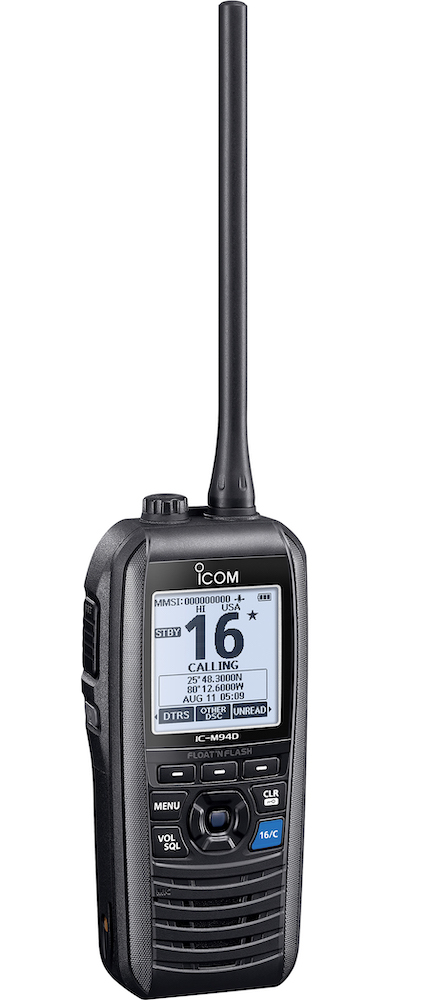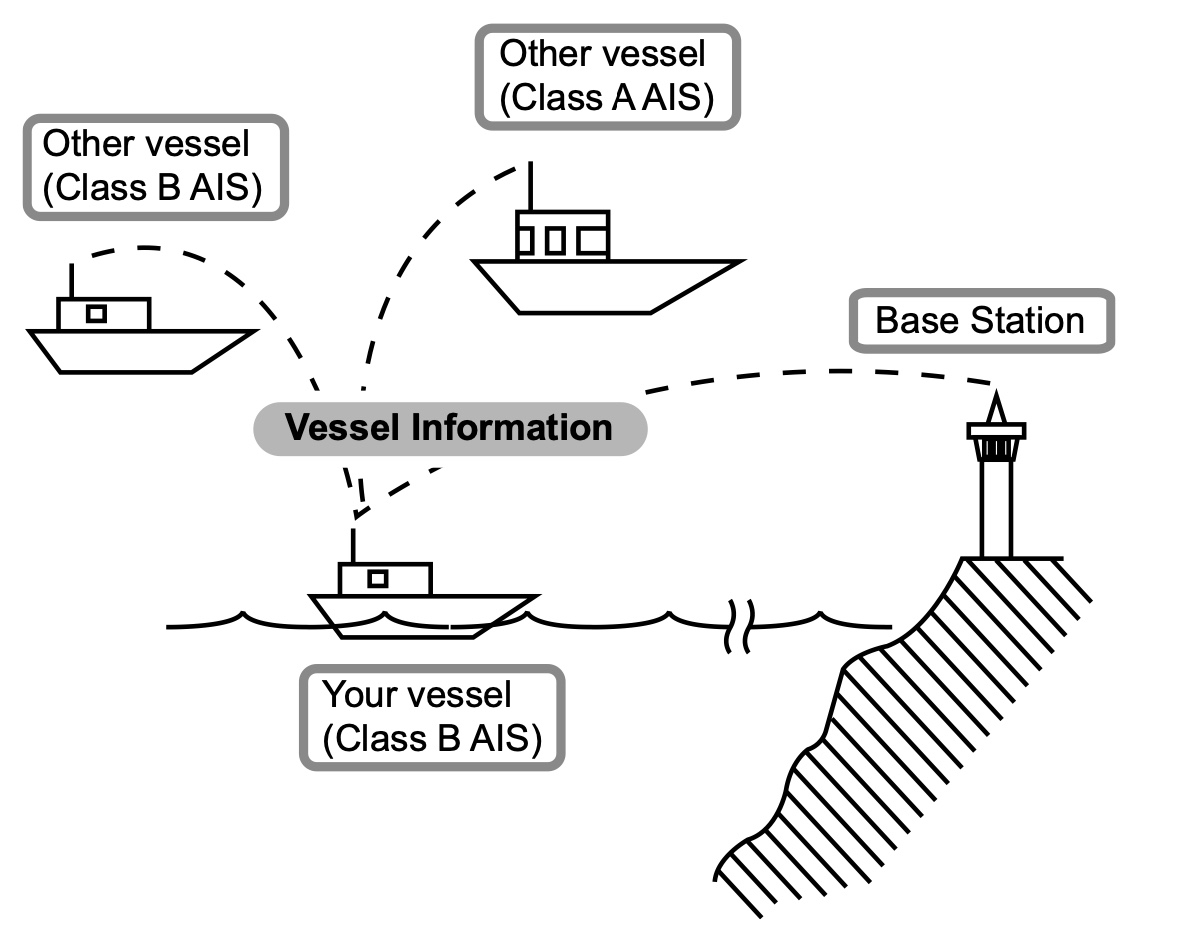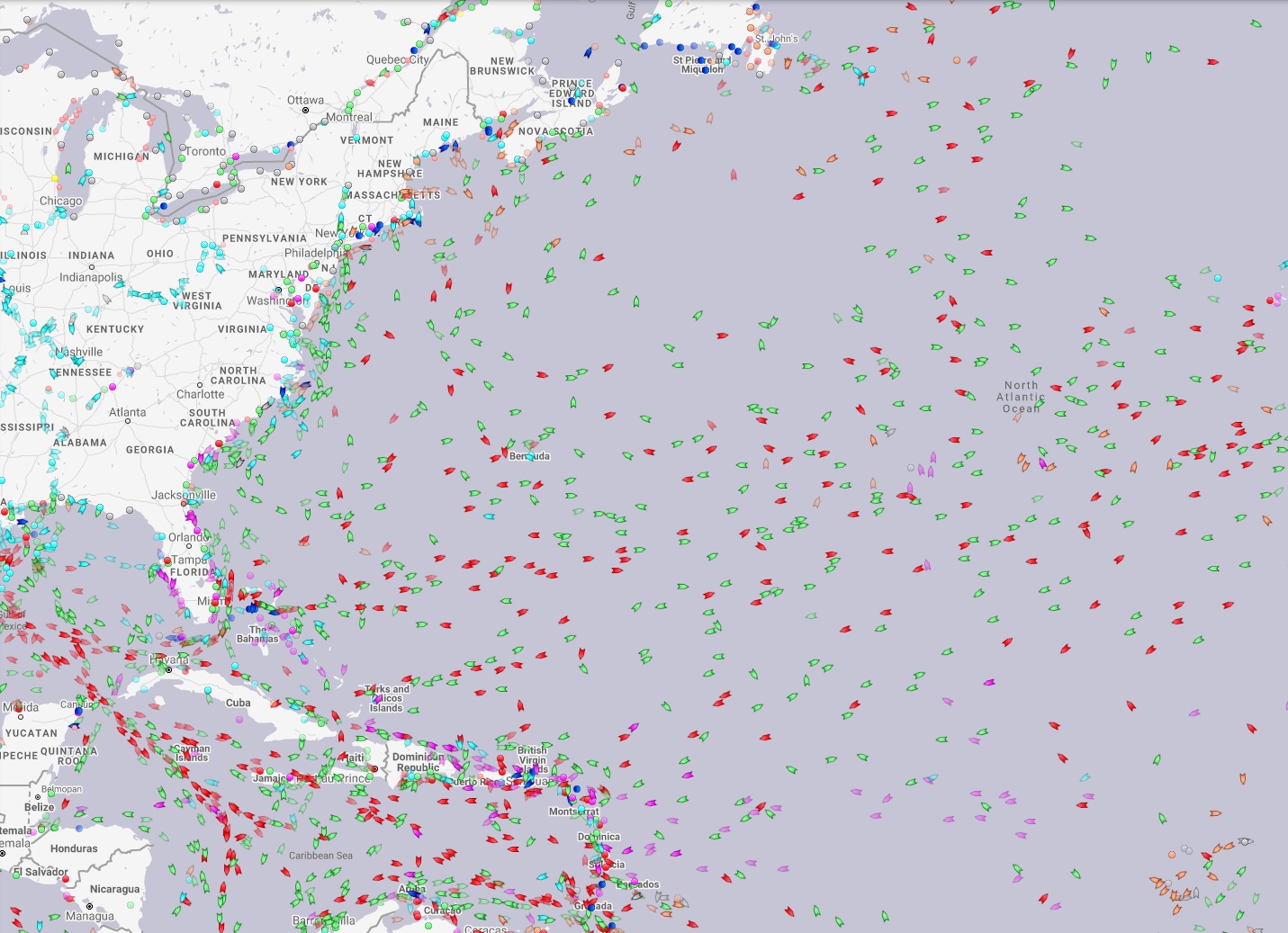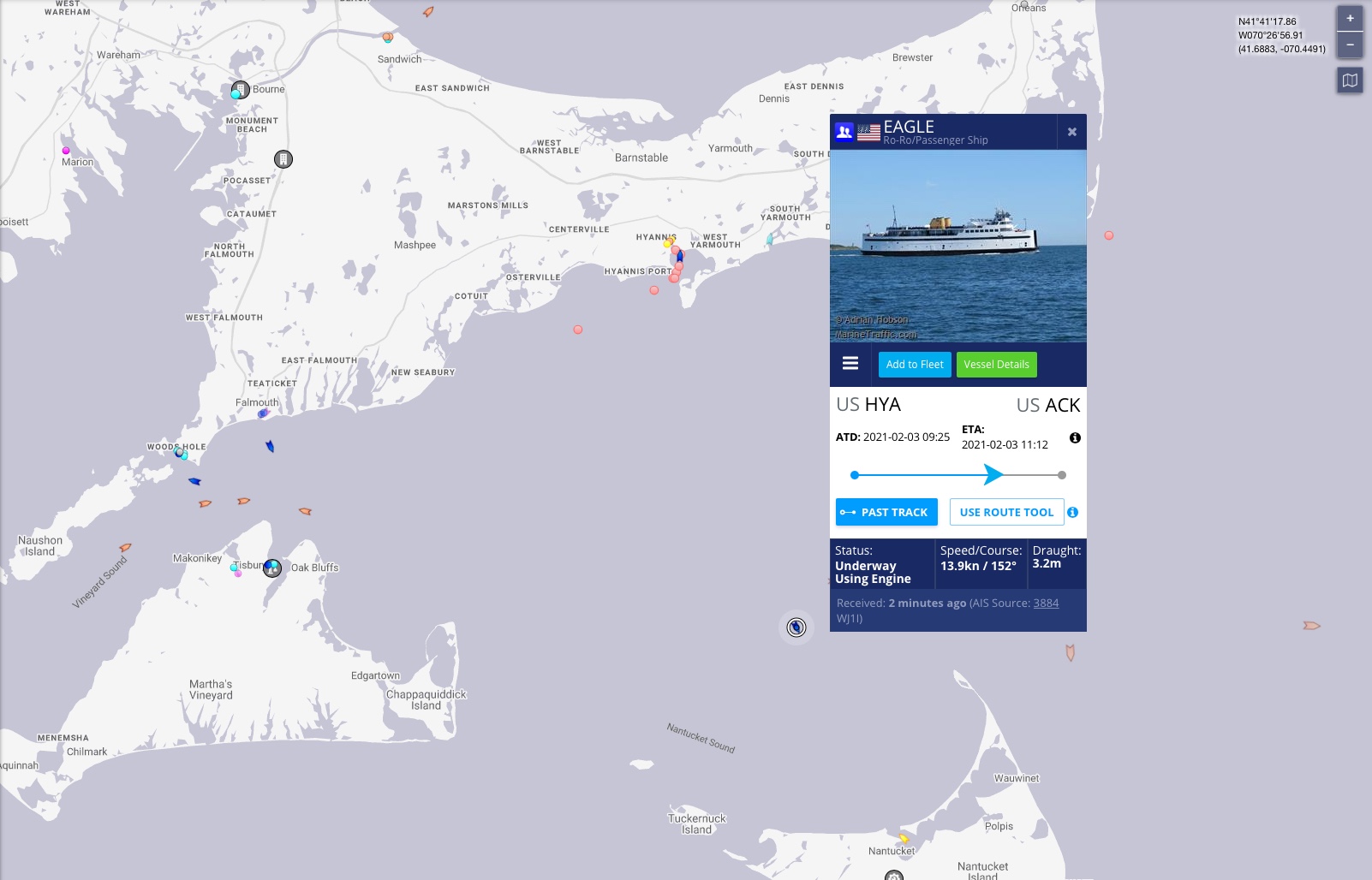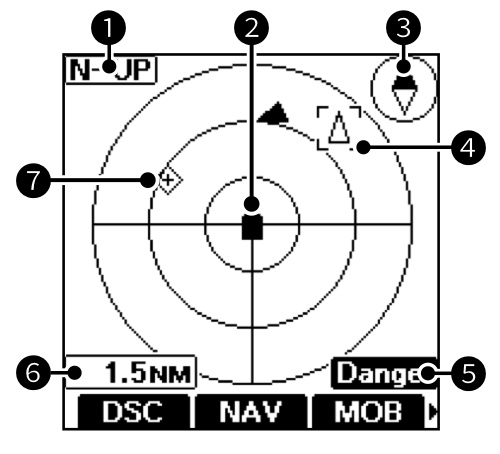Icom IC-M94D
WORLD DEBUT: Icom IC-M94D - World’s First Handheld with AIS
Captain's Report by Capt. Steve
Brief Summary
Finally, AIS is no longer the domain of larger boats or those with pricey components. This valuable, some might even say critical, information is now in the hands of a multitude of boaters… literally. The all-new IC-M94D from Icom brings the marriage of GPS and the receiving capability of AIS together in a compact, handheld device that not only allows users to see another boat’s data, it also allows communicating with that vessel through the same VHF transmitter. It’s a brilliant joining of technologies and it’s absolutely a game-changer for millions of boaters.
Major Features
- AIS receive only capability with no external attachments
- 6W of RF power and class-leading 1500 mW of audio output with improved acoustic sound clarity
- Extended Battery Operation (approx. 10 hrs) w/2400 mAh Li-ion battery
- GPS capability with no external attachments
- 50 waypoint memory database
- Nav functions
- Dual/Tri-Watch scanning function monitors multiple channels
- Built-in GPS with DSC emergency call with one button press
- Weather alert feature
- Favorite channel(s) scanning
- Dual-watch/Tri-watch
- AquaQuake
- Float’n Flash
- MOB functionality
Now to be clear, receiving AIS technology isn’t new, it’s been available to the fixed marine units for years. What is new is that this is the first handheld in the world to combine the GPS and AIS receiving functionality.
First Thing's First… What is AIS?
Some might say “Actually Interesting Stuff” and while that may be true there’s another, more official, definition… Automatic Identification System. AIS works by taking a vessel’s position and movement data via the vessel’s GPS system or an internal sensor built into an AIS unit and displays it on an electronic chart showing 'traffic' within the waters near them. Additional information comes from the pre-programmed Maritime Mobil Service Identity (MMSI) information that includes the vessel’s name, among others.
Normally, this takes an expensive transponder mounted to the vessel and connected to a GPS, normally the boat’s Multi-function Display (MFD). That transponder transmits your information and receives other boat’s information and displays it on your MFD’s nav screen. Most, but not all, units will also allow you to hover a cursor over the target and see all the transmitted information along with nav data such as the Closest Point of Approach (CPA). That way the two vessels can see that there may be a conflict and the stand-on vessel can then ask the give-way vessel to alter its course.
- AIS transponders typically transmit the following information, depending on class.
- Vessel name, MMSI number and call sign
- Type of vessel (such as passenger, cargo, fishing)
- Vessel’s position (current latitude and longitude)
- Course over ground (COG)
- Speed over ground (SOG)
- Heading from your vessel
- Closest point of approach (CPA) (distance)
- Time to closest point of approach (TCPA)
- Vessel’s dimensions (length, beam and draught)
The IC-M94D is a natural step up from the company’s popular M93D that includes GPS functionality. Without re-hashing all of the features that unit has to offer, you can see our review and video here. It’s an impressive unit, and the simple fact that it includes GPS makes a natural progression to adding the AIS receiving capability to this newest unit. Now it’s simply not possible to add a micro transponder to any VHF, let alone a handheld, and for that reason, the IC-M94D receives only for the AIS data. That is to say, your vessel’s data is not transmitted to other vessels. But your ability to receive their data is significant and, as we've pointed out, it’s a vast amount of data.
Ease of use
One of the most important features of this unit is in its ease of use. Basically, if you use one Icom, you can use them all. They’re all built around the easy, perhaps the easiest, to navigate menu tree and few will feel the need to reach for the owner’s manual to do anything. One of the first things a new owner will want to do is register for an MMSI number to identify the specific vessel and input that info into the unit. In fact, without doing so the unit defaults to the MMSI input page. And it can be bypassed if need be.
AIS functionality of the IC-M94D
Now for the meat and potatoes of the unit's receiving capability. In the PLOTTER screen, the display range and the icons of the received AIS target, waypoint for navigation and MOB are displayed. You can change the display range and type, depending on your operating style. The target vessels will show as triangles with the apex showing the direction the vessel is traveling.
Once a target is displayed, you then select a target and do the following with the “soft keys” at the bottom of the screen that change by scrolling.
DSC allows you to compose a message to the specific target vessel.
NAV allows you to start navigating towards a selected target
RNG selects the display range
TGT (with up arrow) selects the farthest target from your vessel
TGT (with down arrow) selects the closest target from your vessel
DETAIL displays the details on the selected target
LIST selects the target info screen you wish to display
Most importantly, collision avoidance is key to AIS. That said, a preset allows the user to input an alarm range for CPA (closest point of approach) and TCPA (Time to CPA). When a vessel comes into that preset range, the unit sounds an alarm. This is a great feature, but don’t get bent out of shape when a target sets off the alarm as it approaches in a narrow channel. This happens all the time and it’s a known feature of the AIS system and selectively ignored by savvy users.
Waterproof or Water-Resistant… there’s a difference.
Handhelds, by definition, are not going to be spending their time mounted to a dry and warm pilothouse. Therefore, a huge feature of any quality handheld is that it needs to be waterproof. And by “waterproof” we mean able to be submerged. The IC-M94D is not only waterproof, but it also floats! What’s more, if it should get saturated (i.e. dunked), the sound will become distorted through the water-soaked speaker. Just activate the AquaQuake feature that vibrates the speaker and sheds off any water. Just like that… clear sound.
Interestingly enough, Icom doesn’t view submerging the unit as an accident. In its owner’s manual, it goes so far as to recommend cleaning the unit thoroughly in a bowl of water to prevent salt crystallization of the buttons that may render them unusable. So, there’s that. Additionally, one feature that actually depends on the unit being in the water… is Float’n Flash. This sets the unit flashing so it, or the person holding it, is easier to find. Now GPS is mixed into the equation it can also send the location as to where that man overboard is. Pretty slick.
What’s in the box?
The Icom IC-M94D comes delivered with a screw-on antenna, a wrist lanyard, a belt clip, a 12v accessory charger (cigarette lighter style), a battery pack and a desktop charger with its own cable. Both the antenna and the battery pack attach with a waterproof seal.
One additional option we’d consider is a remote mic that attaches to the unit. It’s at the end of a coiled cord so it lends itself to attaching to the shoulder of a shirt or lapel of a jacket.
Price
This is a good news/bad news thing. The good news is that you’re not going to have to mortgage the house or dip into the kid’s college fund to get your own IC-M94D. It’s carrying a $299 MAP/MRP price tag. The bad news, COVID has wreaked havoc on all shipments into the country and delays processing those shipments are flat-out impossible to overcome, whether it’s for a new car or a handheld radio. That said, Icom expects to be able to send units out by the first of March 2021.
Observations
So, is this unit going to be applicable to the large yacht owner? Probably not for the large yacht, but certainly the tender. That said, any boater that currently is not taking advantage of receiving AIS can/must get ahold of one of these. The safety factor of the GPS alone is reason enough, but adding the vast information available from the received AIS data cannot be understated. Picture an emergency where you’re clinging to your overturned boat. One button press calls for help. The unit displays when the call is acknowledged with your position. Once help is in range, it shows on the unit and you can get the time to arrival. And you didn’t even have to do anything but push a button. It’s a no-brainer and a huge milestone for Icom.
